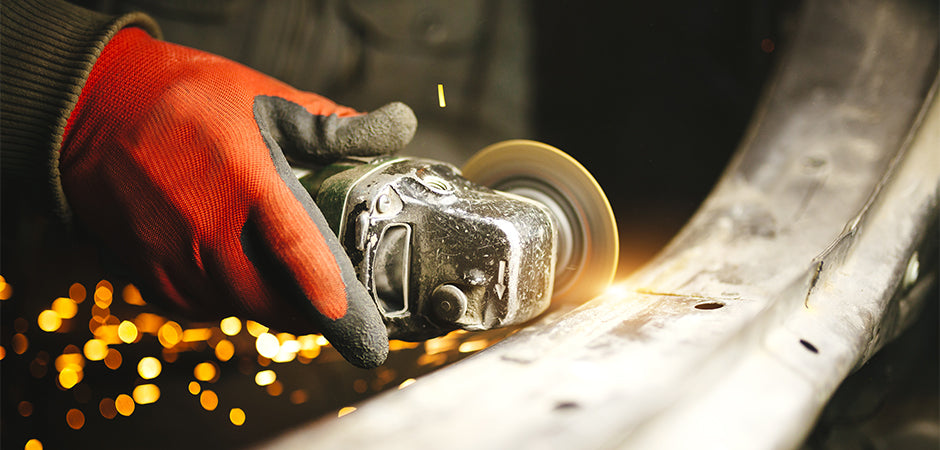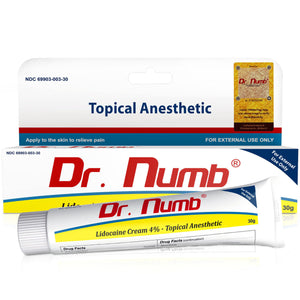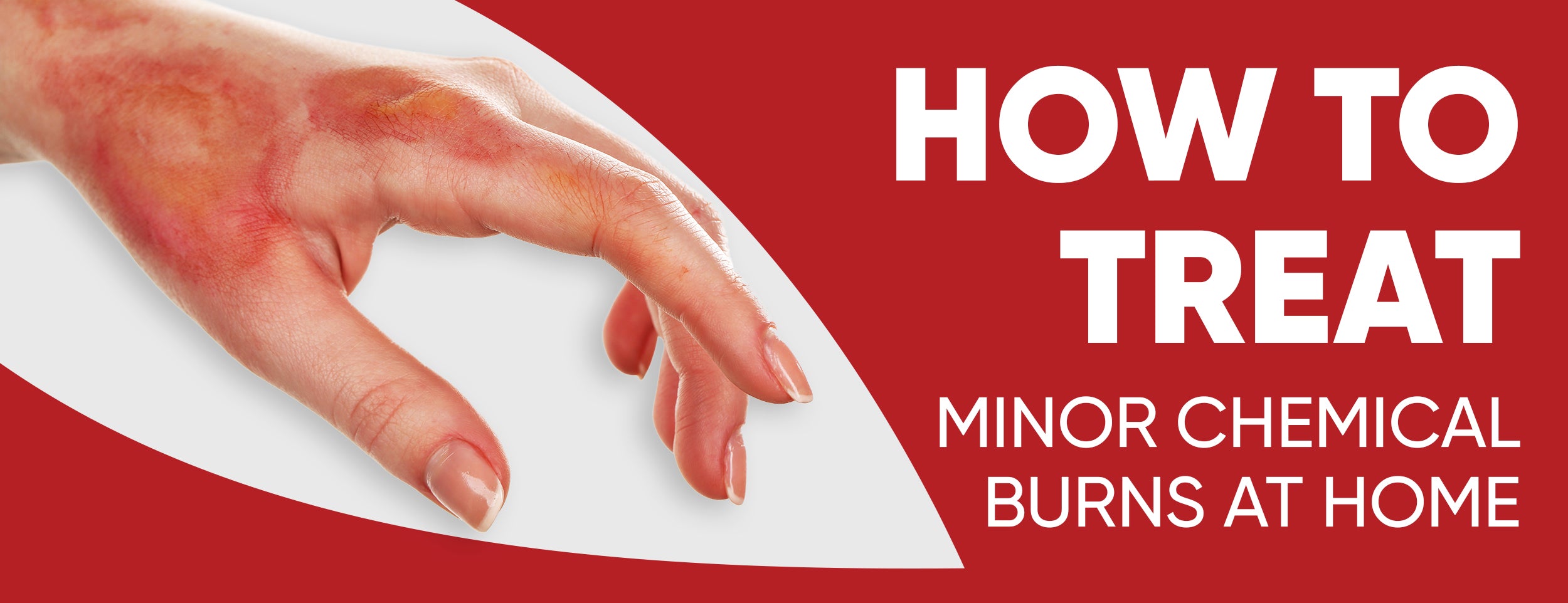Welding burns can cause pain, redness, blisters, infection and scarring. Prolonged exposure to welding without taking safety precautions can lead to skin cancer. Welders are also at risk of developing allergic contact dermatitis from exposure to nickel and chromium.
Skin problems such as erythema, which can cause skin redness similar to sunburn, are also common among welders.
You can cool the burn with water or moist gauze. Use a cleanser or gauze to clean the burn. It is possible to decrease pain or prevent infection by applying a cream or ointment. Pain medicine may be prescribed. Burned skin over a joint may require physical therapy.
In this blog post, we will discuss what to do for welding burns on the skin, proper precautions for welding burns on the skin, the initial steps in treating welding burns, and the treatment of welding burns on the skin.
What To Do For Welding Burns on Skin: 8 Proper Precautions

The welding process produces temperatures and sparks that can cause severe burns. Taking proper precautions to prevent such burns and protect the skin is essential.
Wear Protective Clothing
Welders should wear protective clothing to protect their skin from welding burns. Welding clothing includes a welding jacket, apron, and bibs that cover the chest, abdomen, and groin from sparks and heat. It is essential to wear long-sleeved shirts and pants made of flame-resistant materials.
Use Welding Gloves
Welding gloves is another essential part of protective clothing. Gloves protect the hands from sparks, heat, and electric shock. It is crucial to wear gloves made of heat-resistant material and insulated to protect the hands from the high temperatures produced during welding.
Use Welding Helmets
Welding helmets protect the face, neck, and eyes from sparks and heat generated during welding. The helmets should have enough coverage to protect the face and neck from burns. They should provide enough visibility for the welder to perform their job adequately.

Avoid Damp Clothing
Welders should never wear damp clothing, as it can conduct heat and electricity and lead to severe burns. Wet clothing can cause steam burns when exposed to high temperatures during welding.
Keep a Safe Distance
Welders should maintain a safe distance from the welding arc to prevent burns. The recommended length is 10-15 feet, per the welding equipment manufacturer's recommendations.
Protect the Skin with Creams and Lotions
Skin creams and lotions provide a protective barrier to the skin. They help prevent the skin from getting burns and minimize the impact of heat and sparks. Welders should apply creams and lotions to exposed skin before and after welding.
Protective Gear and Equipment
Always wear proper protective gear when welding, such as a helmet covering the face and head, welding gloves, and safety glasses. Choose suitable gloves that are heat resistant and made from materials like leather.
Safe Workspaces
Set up your workspace safely, away from flammable materials or hazardous substances. Keep your area clean to prevent trips and fall hazards.
5 Initial Steps To Treat Welding Burns

Welders are not uncommon to experience welding burns. They usually occur because of exposure to hot metal objects or welding torches. Such burns are painful and can lead to complications if not treated promptly. Here is what you need to know about first aid for welding burns.
Remove the Heat Source
The first thing to do in case of a welding burn is to remove the heat source. If a welding machine causes the burn, shut it down and unplug it. If the burn is from a hot metal surface, move away from it. Removing the heat source is critical in preventing further damage to the skin.
Cool the Affected Area
After removing the heat source, the next step is to cool the affected area. You can do this by running cool, not cold, water over the burn for at least 10 minutes. This simple step can eliminate pain and prevent the burn from getting worse. Cool water also helps prevent tissue from cooking further and promotes blood circulation to the injured area.
Protect the Burn
Once you have cooled the burn, protect it from further damage. Use sterile, non-adhesive dressings or gauze to cover the affected area. Avoid using anything that can stick to the wound, such as cotton wool or adhesive plasters. You can also use a burn gel or lotion to ease the pain and provide moisture to the affected area.
Take Pain Relievers
Welding burns are excruciating, and it's crucial to take pain relievers to ease the discomfort. Under medical professional guidance, you can use over-the-counter pain relievers like ibuprofen. Be sure to follow the directions on the label because high doses can be bad.

Watch for Signs of Infection
Welding burns increase the risk of infection, mainly when left untreated. Watch your burn for signs of infection, such as reddening or swelling. You should consult a doctor immediately if you experience these symptoms.
Treatments For Welding Burns on Skin
Some welding burns require medical attention, but many can be easily treated with home and medical measures. Here are some easy-to-follow home and medical treatments to help treat welding burns on the skin.
Home Remedies for Welding Burns
Minor welding burns can be treated effectively at home with first aid measures and home remedies. Here are some recommendable home remedies for managing pain, reducing inflammation, and promoting healing:
- Apply cool compresses: To reduce pain and inflammation, use a cool compress on the affected area or run cool water over the burn. This can help to soothe the pain and reduce inflammation.
- Aloe vera: Aloe vera contains natural anti-inflammatory properties that can soothe the skin. To treat a burn, apply a thin layer of aloe vera gel several times daily. It has been beneficial in reducing pain caused by welding burns.
- Honey: Honey is antibacterial and promotes healing. Apply a thin layer of love to the injury and cover it with a sterile bandage or dressing. Infection can be prevented and speedy healing.
- Vinegar: Vinegar can help to reduce pain and inflammation. Combine vinegar and water in a cotton ball and apply to the burn with a cotton ball.
- Avoid butter or oil: Do not apply butter or oil to the burn, as this can trap heat and worsen the burn.
Medical Treatment for Welding Burns

Many welding burns can be treated at home. Some may require medical attention. Here are some situations in which you should seek medical attention:
- Cleaning and Debridement: A healthcare professional may need to clean the burn and remove dead tissue to promote healing. This can be done using a sterile solution or a scalpel.
- Antibiotics: Antibiotics may be prescribed if the burn is infected or at risk of infection. These can be given orally or applied topically.
- Pain medication: Prescription pain medication may be prescribed to manage pain. These may include opioids, nonsteroidal anti-inflammatory drugs (NSAIDs), or local anesthetics.
- Dressings: Various condiments, such as silver-containing dressings, hydrogels, or non-adhesive dressings, may promote healing. These can provide a moist environment for the skin and protect it from further damage.
- Skin grafting: In severe cases, a skin graft may be necessary to promote healing and prevent scarring. This involves taking a piece of healthy skin from another part of the body and transplanting it onto the burn site.
Conclusion
Welding burns are a common occupational hazard, and knowing the immediate steps to take in case of an accident is essential. It is always better to prevent accidents than to treat them, but accidents occur, and it is necessary to be prepared to handle them.
It is possible to reduce the severity of a welding burn and promote skin healing by using the remedies discussed. Always prioritize your safety when working with welding equipment and take precautions to prevent accidents.











